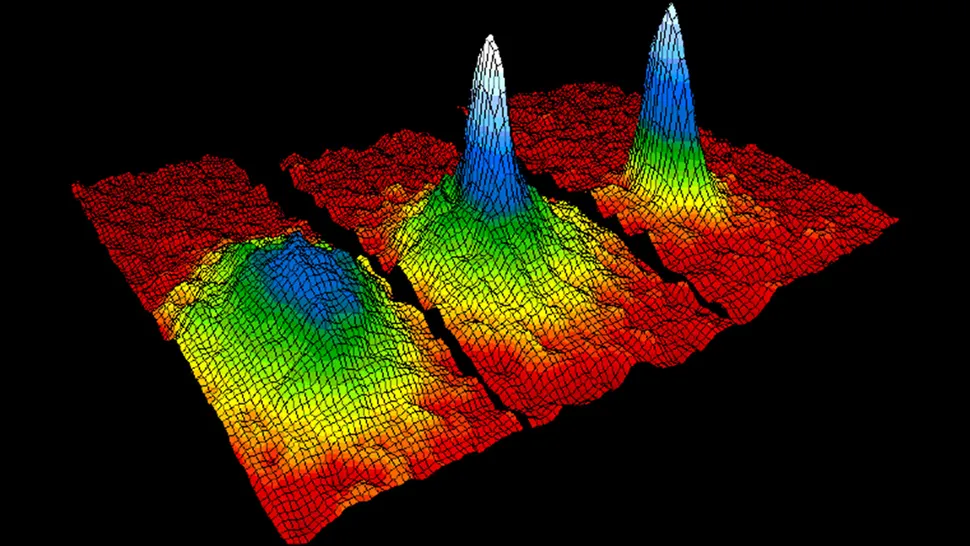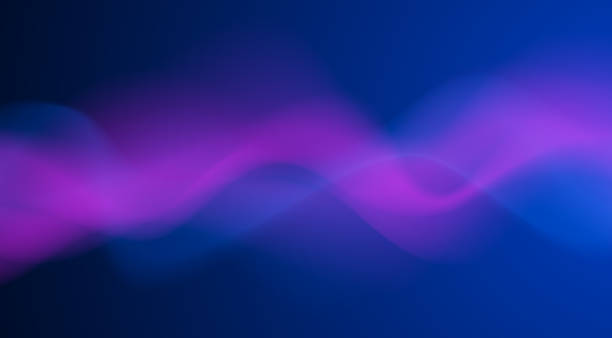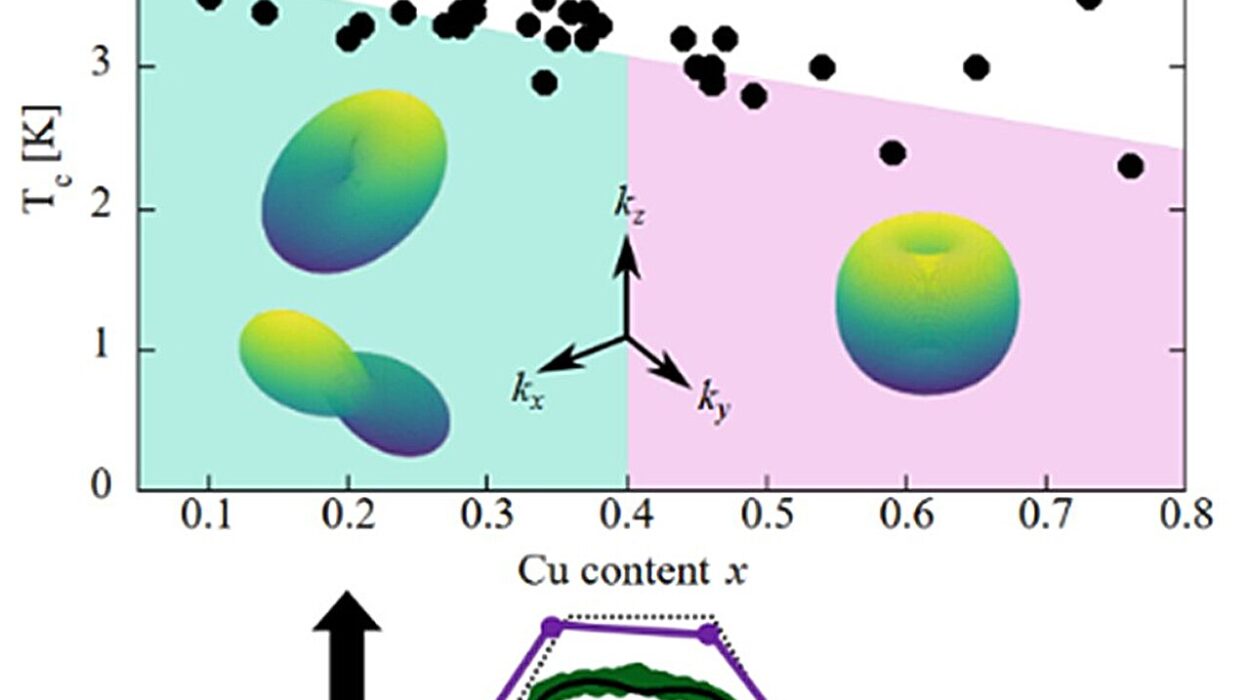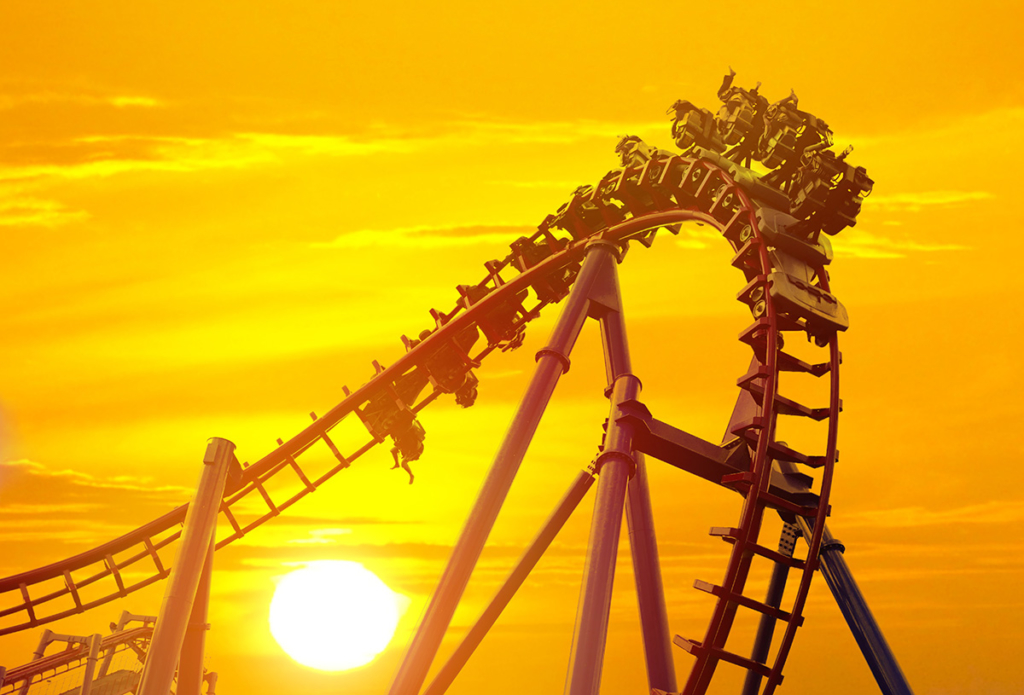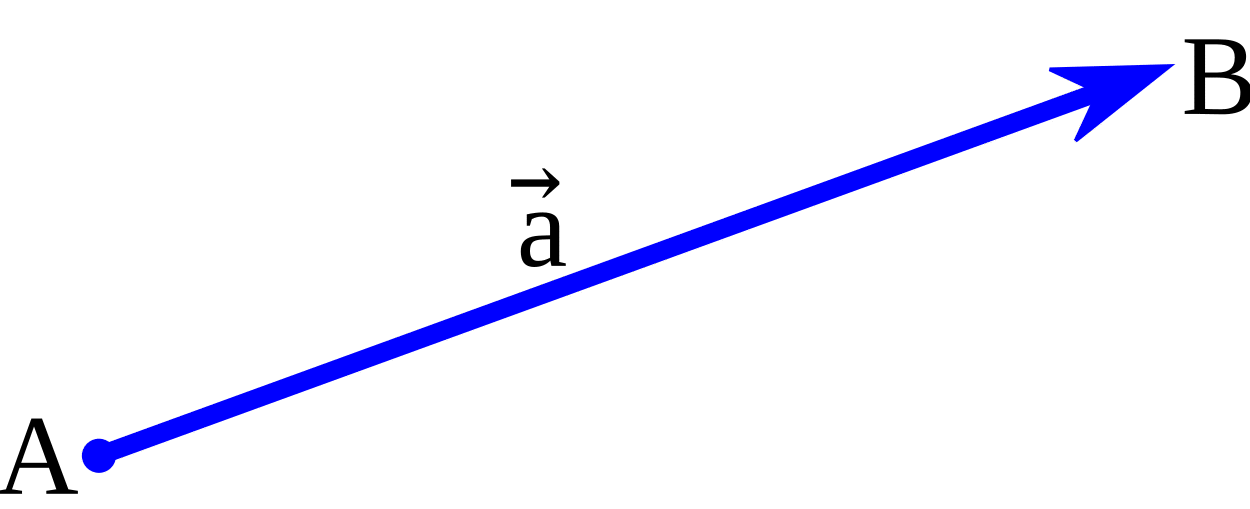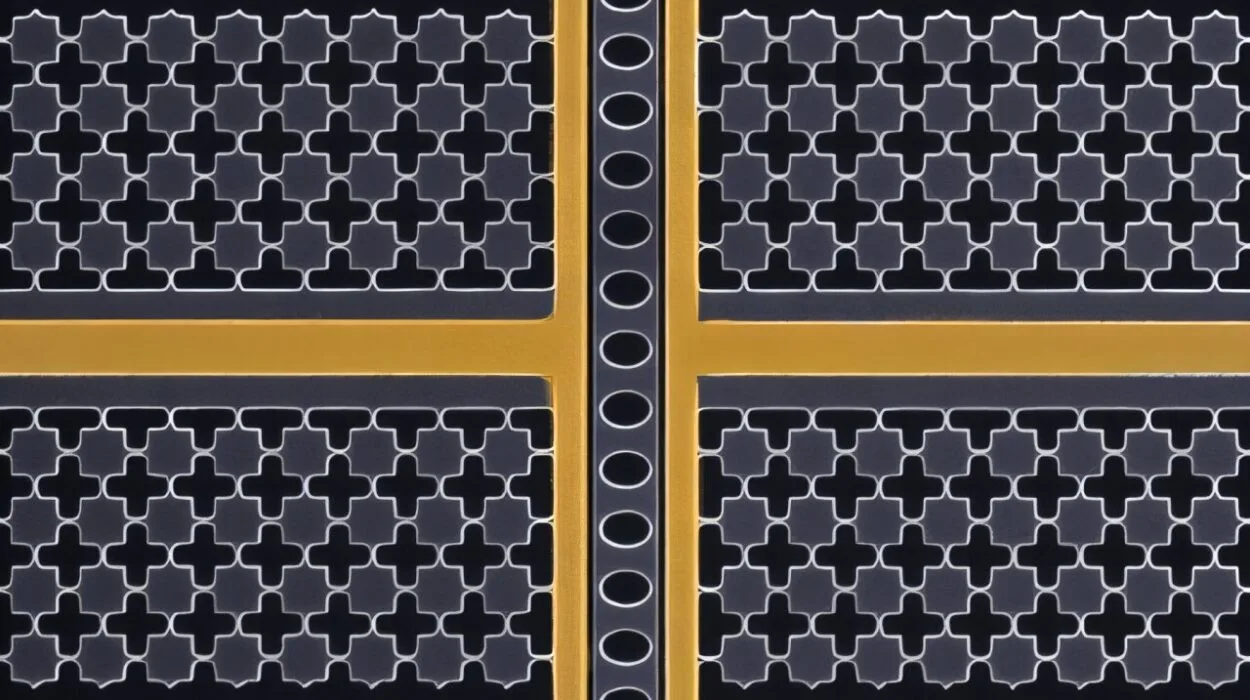Time, for all its mystery, is something we live and breathe every second of our lives. It ticks forward relentlessly, from morning to night, youth to old age, birth to death. Milk spills but never unspills. We remember yesterday, never tomorrow. And while we accept this as normal, physics tells us something strange: the laws that govern the particles making up everything we see don’t actually prefer past to future. In fact, if you took the equations of Newton, Einstein, Schrödinger, or Maxwell and ran them backward, they’d work just fine.
This reveals a grand puzzle—why does time seem to move in only one direction when the fundamental equations of physics are time-symmetric? This mystery is known as the “arrow of time,” and it has intrigued physicists and philosophers alike for centuries. What gives time its forward motion? Why does it unfold toward the future and not the past?
To answer this, we must journey into the very foundations of physics, from thermodynamics and quantum mechanics to cosmology and the nature of entropy. Understanding the arrow of time is not only a quest to explain memory and aging but a profound endeavor to decode the structure of reality itself.
Time Symmetry in the Laws of Physics
When you drop a glass and it shatters on the floor, you instinctively know what direction time is moving. But the atoms and molecules in that glass, governed by the equations of classical mechanics, don’t inherently know which way is forward. The equations are perfectly reversible. You can mathematically rewind the shattering process and, in theory, the atoms could reassemble into a pristine glass.
In classical physics, the equations of motion derived by Newton are symmetric in time. They make no distinction between past and future. Similarly, in quantum mechanics, Schrödinger’s equation, which describes the evolution of a quantum state, is time-reversible. Even Einstein’s General Theory of Relativity, which revolutionized our understanding of spacetime, does not impose any particular direction on the time axis.
Yet, our experience of time is not symmetric. We grow older, not younger. We remember the past, not the future. The universe expands forward, not backward. Something is clearly breaking this symmetry.
The Thermodynamic Arrow: Entropy and the Flow of Time
The most widely accepted explanation for the arrow of time comes from the second law of thermodynamics. This law states that in a closed system, entropy—a measure of disorder—tends to increase over time. If you have a deck of cards perfectly ordered, the number of ways they can become disordered is vastly greater than the number of ways they can remain neat. As time progresses, systems tend toward more probable (more disordered) states.
This increasing entropy gives rise to the thermodynamic arrow of time. It explains why heat flows from hot objects to cold ones, never the reverse. It explains why a broken egg doesn’t reassemble and why memory works in one direction. Once the yolk is splattered, the number of microscopic configurations has vastly multiplied; the original ordered state becomes nearly impossible to recreate.
Ludwig Boltzmann, a 19th-century physicist, provided a statistical interpretation of entropy, connecting macroscopic thermodynamic behavior to microscopic particle dynamics. In his framework, entropy corresponds to the number of microscopic states consistent with a given macroscopic state. Higher entropy means more possible microstates—more ways the system can be configured without changing what we observe macroscopically.
So if entropy always increases, that seems to give us a clear direction for time. But this explanation raises another profound question: why did the universe start out in such an extraordinarily low-entropy state to begin with?
The Puzzle of Initial Conditions
If high-entropy states are more likely, and if time moves toward disorder, then the very low entropy at the beginning of the universe seems almost miraculous. When the Big Bang occurred, the universe was hot, dense, and surprisingly smooth. Matter and radiation were evenly distributed—conditions that, according to Boltzmann’s logic, are highly ordered and statistically improbable.
This is where the mystery deepens. Why did the cosmos begin in such an unlikely state? If the second law of thermodynamics is to explain the arrow of time, then it needs this special low-entropy condition at the beginning. But physics doesn’t currently explain why the universe began this way. Was it a fluke? A necessity? Or does it point to some deeper law we haven’t yet discovered?
Cosmologist Roger Penrose has argued that the Big Bang must have been incredibly finely tuned, not in terms of matter or energy density, but in terms of entropy. He introduced the idea of the “Weyl curvature hypothesis,” suggesting that the gravitational degrees of freedom were remarkably suppressed at the beginning. That is, the geometry of spacetime itself was unusually smooth. As the universe evolved, gravitational clumping (galaxies, stars, black holes) increased entropy, thereby driving the arrow of time.
This puts gravity front and center in the story of time’s arrow. Could the force that sculpts galaxies also sculpt our experience of time?
Gravity and the Growing Complexity of the Universe
Gravity is often thought of as the force that pulls things together. But in the thermodynamic story of time, it also acts as an entropy amplifier. While heat disperses and gases spread out, gravity does the opposite: it causes matter to clump, creating stars and galaxies from clouds of dust and gas.
This clumping may seem like a move toward order, but in terms of gravitational entropy, it’s actually a move toward disorder. A uniform gas has low gravitational entropy because there are few gravitational field configurations compatible with it. When that gas collapses into stars and galaxies, there are vastly more configurations for the gravitational field—thus, entropy increases.
This means the structure and evolution of the cosmos itself is part of the arrow of time. The emergence of complexity—from simple matter to stars, planets, and eventually life—is not contrary to entropy but a consequence of it, thanks to the peculiar way gravity interacts with thermodynamics.
The Psychological Arrow: Memory and Consciousness
We remember the past but not the future. This asymmetry in human experience is known as the psychological arrow of time. It’s deeply tied to entropy as well. Memory is a physical process: neurons fire, synapses change, and molecules shift. These processes are governed by thermodynamics, and they work in the direction of increasing entropy.
When we form a memory, we are recording a state of the world—a configuration of low entropy. As time moves forward and entropy increases, our brain retains information about past low-entropy states. But we have no access to future states because they have not yet crystallized into any specific configuration. The future is a sea of possibilities, while the past is a single, increasingly disordered thread we can trace.
Some scientists, like Sean Carroll, argue that our very notion of cause and effect is rooted in this thermodynamic flow. Events in the past cause events in the future because the statistical mechanics of our universe favor forward entropy. Thus, our psychological sense of time’s direction is an emergent phenomenon of deeper physical laws.
The Cosmological Arrow: An Expanding Universe
Another potential source of time’s arrow is the expansion of the universe itself. Since the Big Bang, space has been stretching, carrying galaxies apart and cooling the universe. This expansion offers a cosmological arrow of time, where earlier states are smaller and hotter, and later states are larger and colder.
While this might seem like a promising explanation, expansion alone doesn’t dictate time’s arrow. The laws of general relativity allow for both expanding and contracting universes. In fact, a contracting universe could still have increasing entropy if the internal processes favored it. Thus, while the cosmological arrow and thermodynamic arrow often align, they are not the same.
Still, the expansion does play a role in shaping conditions that allow entropy to increase. As the universe expands, energy becomes more diffuse, structures evolve, and complexity emerges. Expansion provides the backdrop, the canvas on which entropy paints the direction of time.
The Quantum Arrow: Decoherence and Measurement
Quantum mechanics introduces its own challenges to the arrow of time. At the microscopic level, the quantum world is governed by probabilities and wavefunctions, which evolve deterministically and time-symmetrically according to Schrödinger’s equation. So where does the arrow of time come from in quantum theory?
The answer may lie in the phenomenon of decoherence. When a quantum system interacts with its environment, its wavefunction collapses from a superposition of states into a single, classical outcome. This process appears to be irreversible—once decoherence occurs, the original superposition is lost and cannot be retrieved.
Some physicists argue that decoherence provides a quantum arrow of time. Each measurement or interaction increases entropy by entangling the system with its environment, thereby aligning with the thermodynamic arrow. Others propose that the act of observation—an event requiring memory and record-keeping—fundamentally ties quantum processes to the psychological and thermodynamic arrows.
Moreover, interpretations like the Many Worlds theory maintain that the wavefunction never collapses; instead, all outcomes occur in branching universes. In this view, the arrow of time arises from the increasing complexity of the branching structure and the entropic growth of correlations among subsystems.
Beyond Physics: The Philosophy of Time’s Direction
The question of why time moves forward is not merely a physical one—it also touches on the deepest philosophical questions. Is time a real dimension, like space, or merely a convenient construct of our minds? Do the past and future truly exist, or is only the present real?
Philosophers distinguish between three models of time: presentism (only the present is real), eternalism (past, present, and future all coexist), and the growing block universe (the past and present are real, but the future is not yet fixed). Each model has different implications for the arrow of time. Eternalism, for instance, fits well with the block universe view of relativity, where time is just another coordinate. But this clashes with our lived experience of temporal flow.
Is the arrow of time an illusion born from entropy, or a fundamental feature of the universe? Can time run backward in other universes or under different conditions? These questions bridge physics with metaphysics, reminding us that some of the most profound inquiries lie at the intersection of science and philosophy.
Final Thoughts: The Mystery Endures
The arrow of time remains one of the most compelling and elusive puzzles in modern science. While entropy provides a powerful explanation, it leaves the origin of low-entropy initial conditions unanswered. Gravity deepens the mystery by showing how disorder creates structure. Quantum mechanics adds complexity with its reversible laws and irreversibility in measurement. And cosmology ties it all together in the grand story of a universe expanding into ever-increasing complexity.
We may never experience time any way but forward. But by exploring its underlying nature, we gain a deeper understanding of everything from the formation of galaxies to the flicker of thought in a conscious brain. Time’s arrow, once taken for granted, becomes a gateway into the most profound questions about the nature of existence.
The journey to unravel why time moves forward is far from over. Each new theory, observation, or philosophical insight brings us closer to seeing the full picture. Perhaps the answer lies not just in the equations, but in the subtle interplay between the known and the yet-to-be-known. In this unfolding mystery, time itself may be the greatest teacher.

